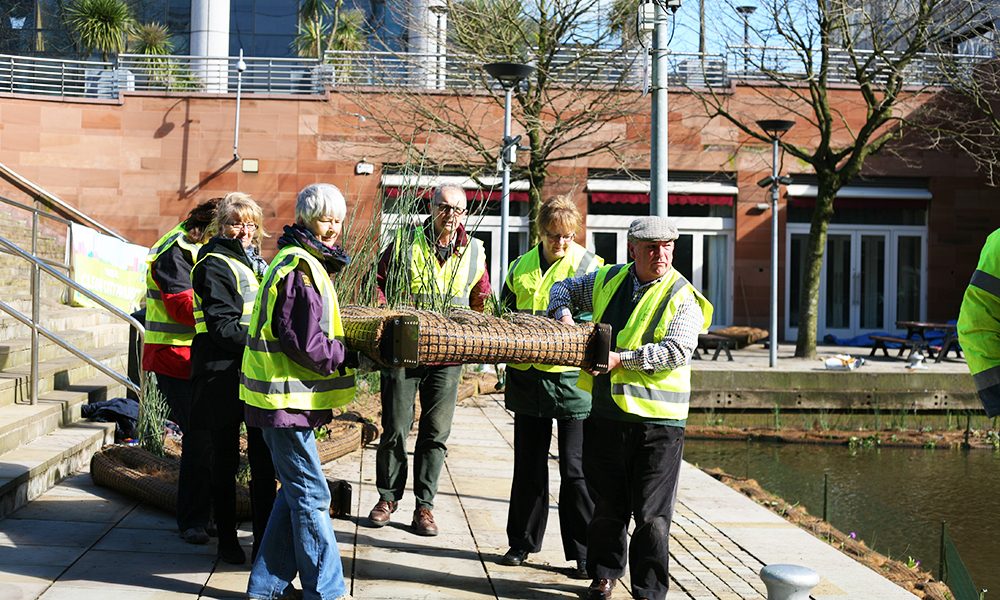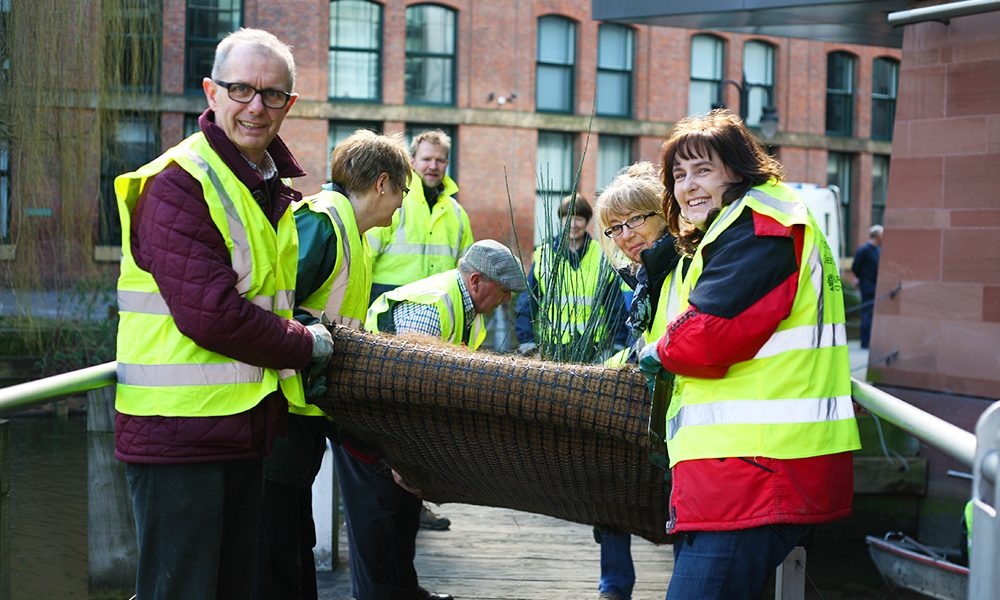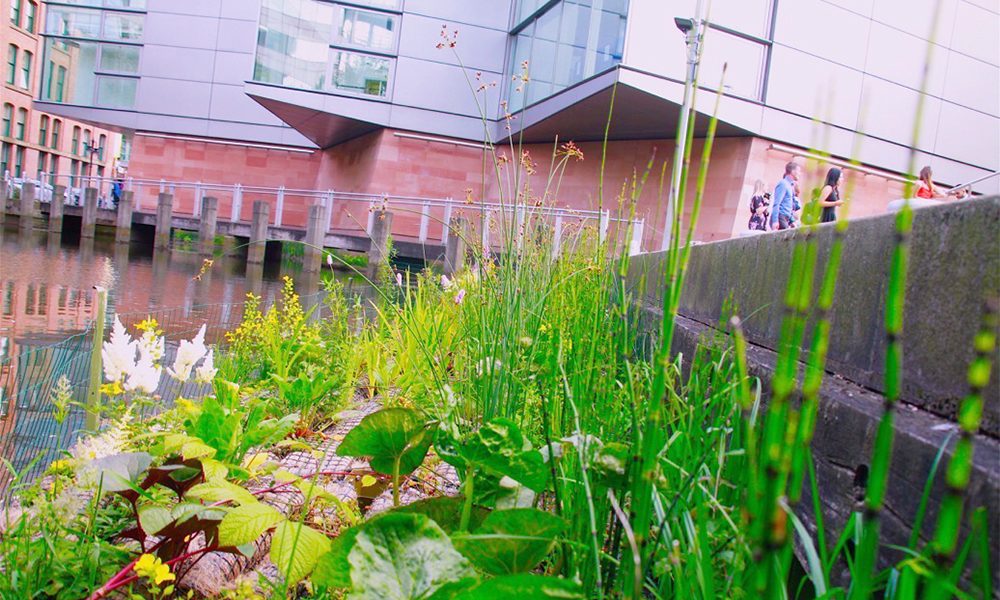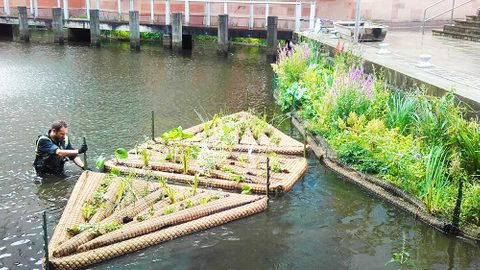At The Bridgewater Hall we are committed to reducing our impact on the environment and want to ensure we are contributing to the reduction of carbon omissions where we can. To do this, we have an Environment Group, with members from all departments, who meet on a regular basis to discuss, monitor and implement progress in achieving a greener venue.
We have three key objectives: reduce, reuse, recycle. These 3 objectives form the basis of our Environmental Policy which can be viewed in more detail by clicking the link on the right. Environmental awareness is promoted across all levels in the organisation and we are currently working towards Manchester City Council and Groundwork’s Environmental Business Pledge and have achieved the Silver Award.
Achievements so far:
- Silver Award for the Environmental Business Pledge
- On-going project to replace all light fittings in the building with low energy, LED lights
- Over 800 fairy lights in the main Auditorium replaced with energy saving bulbs, saving a massive 35,818Kw per year
- Junk-mail system set up to remove us from unwanted mailings in order to reduce paperwaste
- Coffee is sourced from Rain Forest Alliance
- Air-handling is carefully monitored by our Facilities Team to ensure we are not using energy unnecessarily
- Glass, plastic bottles, paper, cardboard, light bulbs, batteries are all recycled
Current aims:
- Gold Award for the Environmental Business Pledge
- Registering and working towards Julie’s Bicycle
- Sourcing further recycling bins for our Artists’ Bar
Bridgewater Basin Floating Ecosystems
What’s happening in the Basin?
Working in partnership Manchester City Council and Clean City Fund, along with Cityco, Bridgewater Hall, Petersfield Group and the Canal and River Trust, Internationally renowned Aquatic scientists Biomatrix are creating a network of floating active ecosystems to help improve the biodiversity and water quality of the Basin.
Why do it?
We want to increase the quality and functionality of both our green spaces (parks, gardens etc) and our blue spaces (rivers, canals and water bodies). At the moment the basin lacks a little interest, and this project aims to breathe new life into the water body, improving the aesthetic, creating a haven for wildlife.


What do they do?
They will be lovely to look at, but that’s not all. Many of the plants will provide a valuable food source for bees and other insects, which in turn will feed birds and bats. Underwater, there’s even more going on. One of the problems along the canal is the lack of cover for fish and invertebrates. Using clever ” dynamic media”, nylon strands will be fixed to the underside of each island, creating a swaying mass of artificial “roots” perfect for fish to hide in and spawn against. These “roots” also encourage bacteria colonisation which helps improve water quality and reduce pollution.
What happens if the water levels rise or fall?
That’s the interesting bit.. The islands ” float” but are attached to risers so they can, quite literally, go with the flow. They will rise and fall with any change in water levels.


How long will they be there?
For a long time, hopefully! Biomatrix Floating Active Ecosystems are constructed with durable materials, which will last for at least twenty years. Its a bit like planting a raised bed in your garden, once the plants are established, with just a little tlc they will hopefully take care of themselves.
How were the plants chosen?
Expert advice from Designers BDP and the National Trust’s Head Gardener at Dunham Massey have come up with a stunning selection of useful and beautiful plants, both native and non native, that have a little bit of musicality to their selection. This is based on the interesting concept of Synethesia, in which sounds can evoke thoughts of colour. Based on this we have identified plant species and composition to help evoke the sense of spectacle that would come with a musical composition – perfect for the Bridgewater Hall location.
When will they flower?
There will be staggered flowering times to keep year round interest and be great for pollinators, but will take a year or so until they are fully established.
Who will maintain them?
The planting is designed to be very low maintenance, with limited cutting back to be undertaken by volunteers.

